
- Homepage
- Brand
- Features
- Corrosion Protection (4)
- Corrosion Resistant (3)
- Durable (6)
- Durable, Dustproof (2)
- Easy Installation (255)
- Engine Computer (2)
- Engine Ecu Module (4)
- Factory Headlights (6)
- Flexible (3)
- Mass Sensor (3)
- Module (10)
- Mounted (2)
- Oem (32)
- Optimal Durability (24)
- Original Equipment (4)
- Remote Control (3)
- See Item Description (4)
- Undefined (31)
- Unknown (5)
- Vacuum Pump (5)
- Other (3773)
- Make
- Material
- Model
- Avalnch15 (54)
- Bentley (11)
- Colecovision (28)
- Encore (7)
- Equinox (9)
- Escalade Esv (7)
- Explorer (8)
- Ford Pickup F150 (11)
- Honda Odyssey (15)
- Infiniti Qx60 (7)
- Journey (10)
- Lacrosse (7)
- Malibu (10)
- Oem (11)
- Porsche Cayenne (7)
- Tahoe (7)
- Tucson (7)
- Wrangler (7)
- Yukon Xl 1500 (11)
- 16148080 (7)
- Other (3940)
- Type
- Abs Control Module (68)
- Abs Pump (77)
- Adas Control Module (10)
- Amp Controllers (9)
- Amplifier (17)
- Audio Amplifier (10)
- Body Control Module (80)
- Booster (6)
- Brake Anti Lock Pump (15)
- Bulb (17)
- Control Module (52)
- Controller (39)
- Fire Alarms (23)
- Fuse Box (6)
- Head Unit (48)
- Headlight Assembly (7)
- Home Console (24)
- Module (37)
- Solar Panel (6)
- Solar System / Kit (10)
- Other (3620)
NASA Apollo Command Module Spacecraft CautionWarning StatusLight Flight Hardware
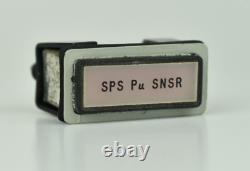
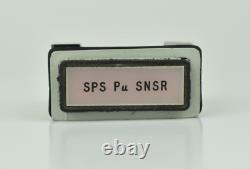
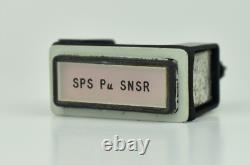
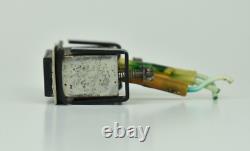

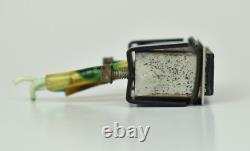
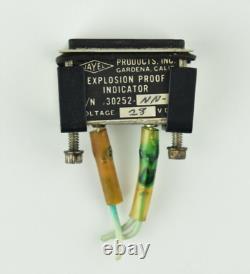
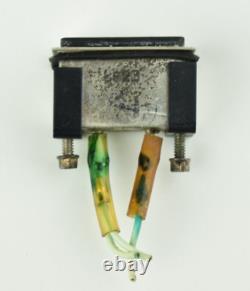

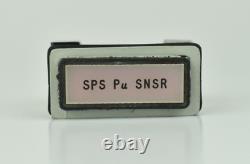
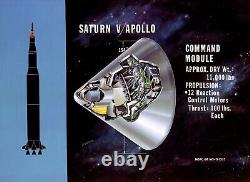
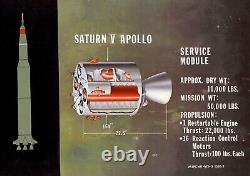
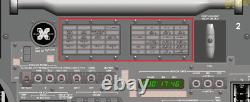
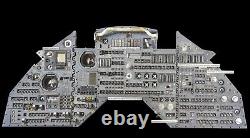
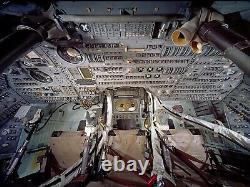

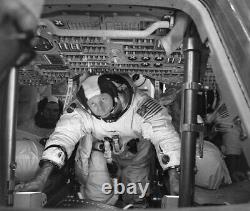
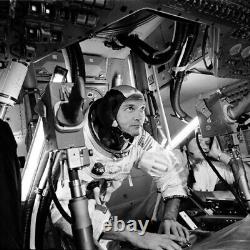
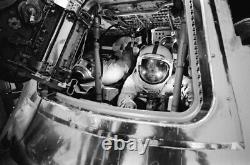
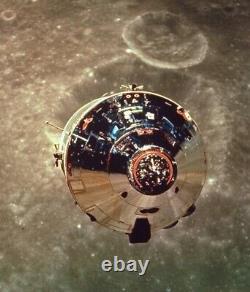
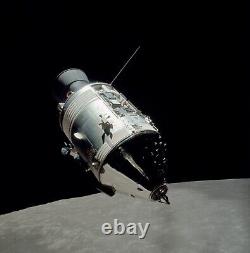



Original NASA Apollo Command Module Spacecraft Artifact. Vintage NASA Apollo Command Module Spacecraft Flight Hardware, Astronaut Main Control Panel, Caution and Warning System, Service Propulsion System Status Indicator Light. This Apollo Command Module artifact is part of the CM spacecraft's main control panel's'Caution and Warning System' section, described below. This system was located at the front, top, and center of the CM spacecraft's main control display panel.
These display light units were designed to function as a status indicator for the Command Module astronauts to reference when any of the spacecraft's systems were in a cautionary or warning state, such as in the dire events that took place during the Apollo 12 and Apollo 13 missions. This' SPS Pu SNSR' Caution & Warning System status light unit was specifically designed to indicate an oxidizer to fuel unbalance in the Service Propulsion Subsystem.
Artifact Display Face Nomenclature: SPS Pu SNSR (Service Propulsion System, Propellant Unbalance Sensor). Approximate dimensions: 2 inches x 1.5 inches x 0.75 inch. The last twelve NASA images are for reference only, including diagrams and a photo showing the Command Module's Caution & Warning System on the spacecraft's main control panel.Everything included in this sale is shown in the first ten listing photos. This artifact originally belonged to the William E. Scripps II space hardware collection.
Command Module Spacecraft Caution and Warning System. Critical conditions of most spacecraft systems are monitored by a caution and warning system.
A malfunction or out-of-tolerance condition results in illumination of a status light that identifies the abnormality. It also activates the master alarm circuit, which illuminates two master alarm lights on the main display console and one in the lower equipment bay and sends an alarm tone to the astronauts' headsets. The master alarm Iights and tone continue until a crewman resets the master alarm circuit. This can be done before the crewmen deal with the problem indicated. The caution and warning system also contains equipment to sense its own malfunctions. A pollo Command Module Spacecraft Main Control Panel. Dominating the forward section of the cabin was the crescent-shaped main display panel measuring nearly 7 feet (2.1 m) wide and 3 feet (0.91 m) tall. The mission commander's panel (left side) included the velocity, attitude, and altitude indicators, the primary flight controls, and the main FDAI (Flight Director Attitude Indicator). The CM pilot served as navigator, so his control panel (center) included the Guidance and Navigation computer controls, the caution and warning indicator panel, the event timer, the Service Propulsion System and RCS controls, and the environmental control system controls. The LM pilot served as systems engineer, so his control panel (right-hand side) included the fuel cell gauges and controls, the electrical and battery controls, and the communications controls. Flanking the sides of the main panel were sets of smaller control panels. On the left side were a circuit breaker panel, audio controls, and the SCS power controls. On the right were additional circuit breakers and a redundant audio control panel, along with the environmental control switches.In total, the command module panels included 24 instruments, 566 switches, 40 event indicators, and 71 lights. A rare example of Apollo flight hardware to display in your Command Module spacecraft collection!
FAQ & Terms of Sale. Write in anytime with all other questions or special artifact requests. We will try to locate any specific type of spaceflight hardware that you are interested in purchasing. Artifact Provenance: Artifacts that include provenance (or any documents, original receipts, part tags, certificate of authenticity / COA, etc) in the sale will specify this in the listing's written description and will be shown in the listing photos. If any of this type of provenance/paperwork is not shown in the photos and specified as "included" in the listing, then it is not available or included in the sale. Artifact Flight Status: FLOWN = Spacecraft hardware/components, crew equipment, scientific instruments, or other items/materials that have been flown. FLIGHT = Spacecraft flight-qualified spares or backup hardware/components and engineering test articles made of the same components as the flight article. These are items that could have flown but were not flown. Ground Support Equipment (GSE) = Non-flight space program hardware, equipment, and scientific Instruments used in direct association with the spacecraft, spacecraft engineers, and technicians.These are items that were used and made for ground support that may or may not have been in direct contact with the spacecraft prior to launch. Note: FAQ & Terms of Sale may be updated periodically.

